Lisa Hudson had no interest in breastfeeding when she had her first baby at age 15.
“I was too busy—that’s what I thought. I was in school. It just wasn’t convenient for me,” she said.
By the time she gave birth to her fifth child on Tuesday, Feb. 23, she was sold on the value of breast milk.
“I’m determined to do it,” she said, as she cuddled her sleeping newborn daughter, KaMiyah Monique Cain. “There is so much you can get out of it.”
The staff at Spectrum Health Butterworth Hospital was prepared to provide support to help her baby breastfeed.
Breastfeeding rates in the U.S.
2013
Ever breastfed – 77 percent
At 6 months – 49 percent2002
Ever breastfed – 72 percent
At 6 months – 38 percent1989
Ever breastfed – 52 percent
At 6 months – 18 percentSOURCE: Centers for Disease Control and Prevention
All registered nurses who work with new moms get extra training in breastfeeding, said Katherine McNabnay, BSN, RN, clinical services project manager for Women’s and Infant Services. Several of the nurses are certified breastfeeding counselors. A team of lactation consultants partner with the nurses to provide further support when needed.
In general, new mothers welcome the practical guidance, McNabnay said.
“I think there’s a huge interest within the community to have breastfeeding services,” she said. “There’s a new push out there to breastfeed. Moms want to be all natural.”
Just because it’s natural doesn’t mean it’s always easy—especially in the beginning.
Hudson took full advantage of the help available after KaMiyah’s birth. She learned ways to help her latch on. And because she had a Cesarean section, Hudson welcomed advice on how to position KaMiyah comfortably as she nursed.
Paula Frank, RN, said the nurses also talk about recognizing signs that an infant is getting hungry. A baby might bring her hands up to her mouth or lick her lips. As to the number of feedings, mothers are advised “eight or more in 24″—meaning a newborn should nurse at least eight times in a day.
Breastfeeding is a skill that both mother and baby have to learn, she said. She praised the progress made by Hudson and KaMiyah.
“You’ve done a great job. You really have,” she said.
“It’s a process,” Hudson said. “I knew it would be some work. My mind was already made up that I wasn’t going to give up.”
Except for a 4 a.m. feeding, she said the nursing went well in the first day of KaMiyah’s life.
“There’s been a lot of success with it,” Hudson said.
KaMiyah seemed to agree. The 8-pound, dark-haired little girl slept soundly in her mother’s arms post-feeding.
Hudson smiled at her newborn daughter.
“I love her,” she said.
Veteran mom, willing to learn
Hudson has four older children—Destiny, 29, Marte, 27, Andrew, 25, and Armani, 17. Now 44 years old and a grandmother of 12, she was “very surprised” when she found out she had a new baby on the way.
But even as an experienced mom, she remained open to new ways of doing things. Through a pregnancy app and a brochure provided by her doctor’s office, she learned about the benefits of breastfeeding. She was impressed to learn that babies who are breastfed have lower rates of allergies, eczema and asthma—all conditions that have affected her family.
“What came to my mind was that God had created this, and it was here for our protection,” she said. “We have man-made milk, and it gives us some of these little things. But it’s not pure and like the natural thing.”
When she returns to work at Meijer, Hudson plans to continue breastfeeding and to pump milk for her daughter when she is in daycare.
McNabnay agrees that “breast is best.”
“It’s well balanced. It’s perfect for what your baby needs,” she said. “Each mom is going to produce a different amount, and her milk is going to have a different caloric intake for what her baby needs.”
The support for breastfeeding is part of the baby-friendly model of care launched globally by the World Health Organization to promote infant feeding and mother-child bonding. In October 2014, Butterworth Hospital and United Hospital received the “baby friendly designation” from Baby Friendly USA.
More acceptance
Laurynn Mueller, a mother of three from Newaygo, also said she welcomes the evolving attitudes toward breastfeeding. When her first daughter, Ella, was born nearly six years ago, she was encouraged to give her formula to help her grow.
She found more support for breastfeeding after her daughter Grace’s birth three years ago.
After her son, Carl, came into the world Tuesday morning, Mueller encountered a new twist. Her baby stays in her room in a crib beside her bed—rather than down the hall in a nursery.
“Now they have you room in, and that helps a lot,” she said. “You hear them cry, and you scoop them up and feed them.”
Mueller sat cross-legged on her bed as she cradled Carl, a 7-pound, 14-ounce boy with light brown hair and deep blue eyes. She said she was glad to see society in general is more supportive of breastfeeding.
“Now, there are usually places to breastfeed,” she said. “Most people understand and are accepting of it.”
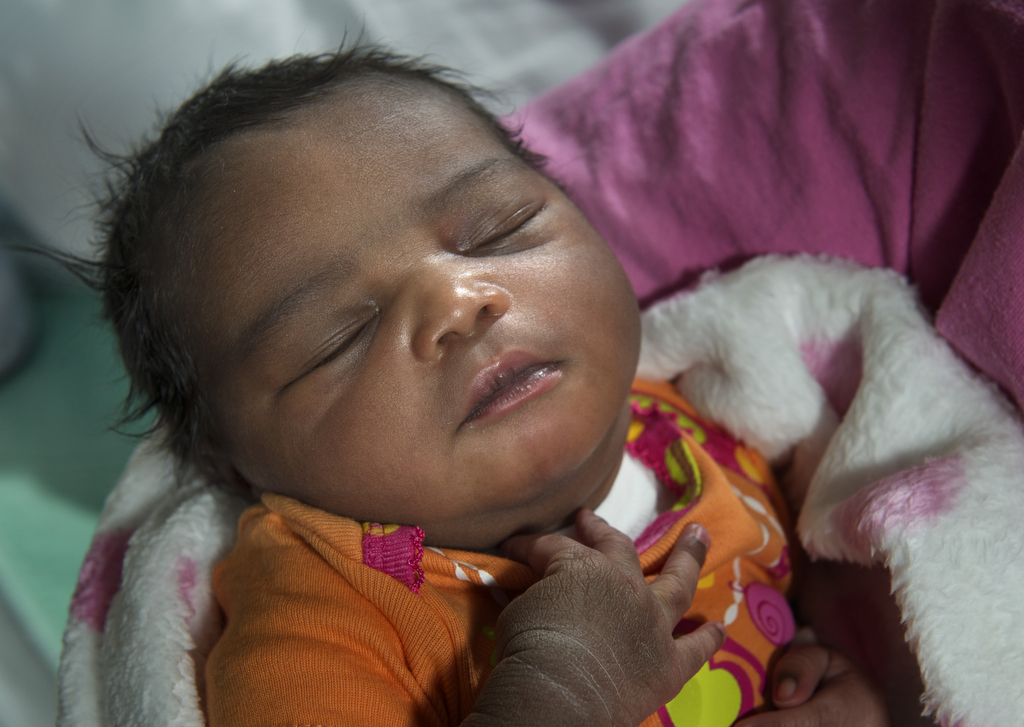
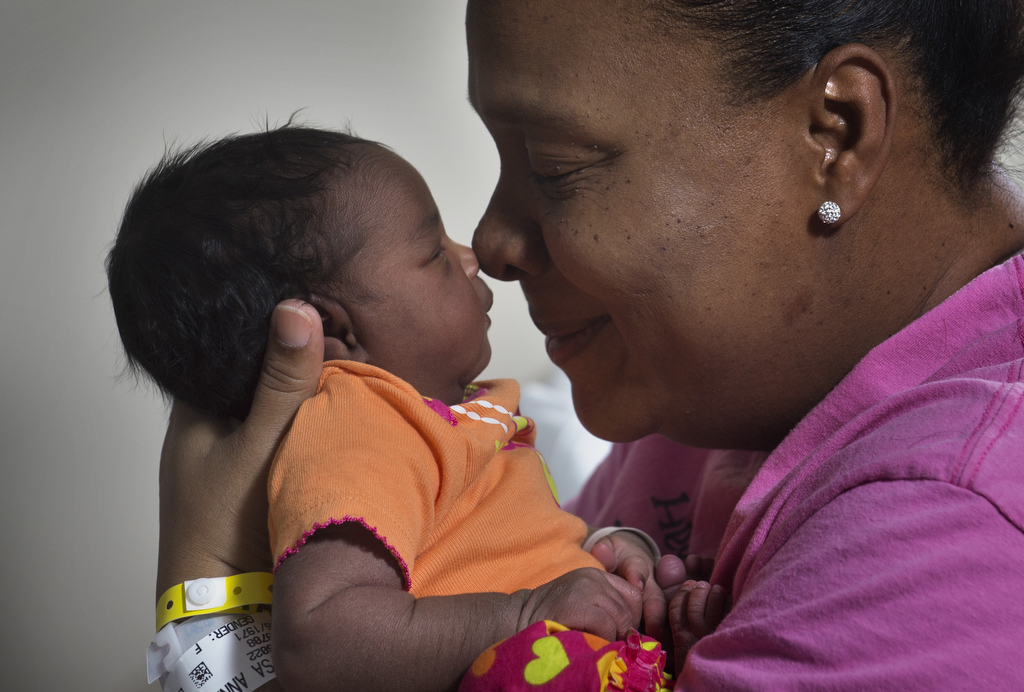
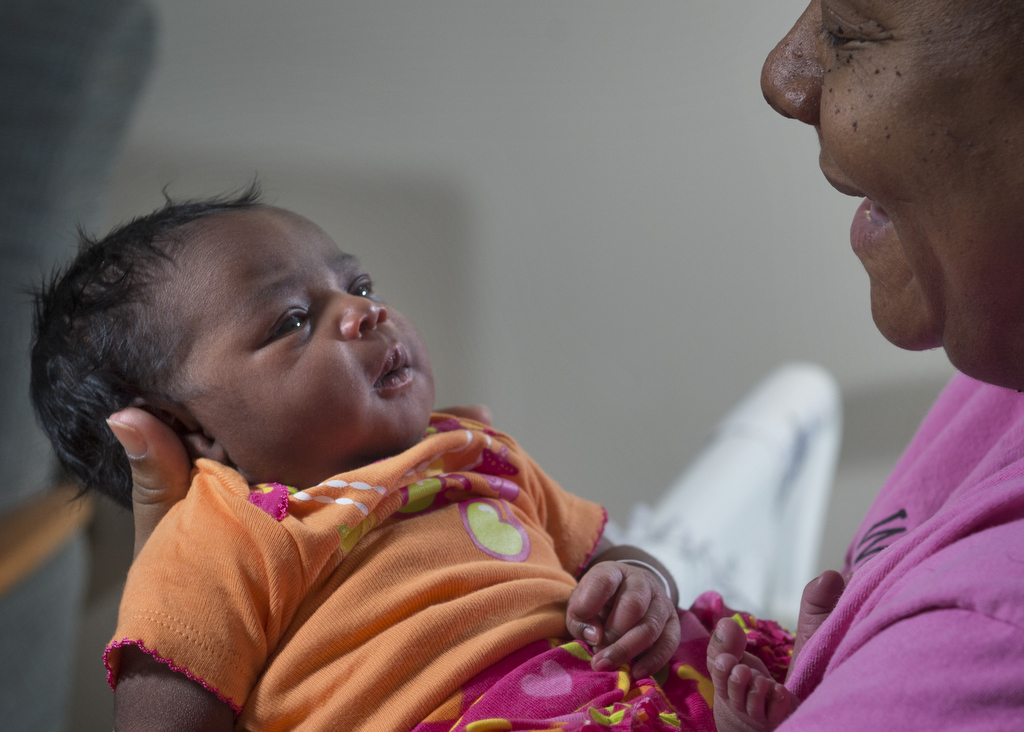


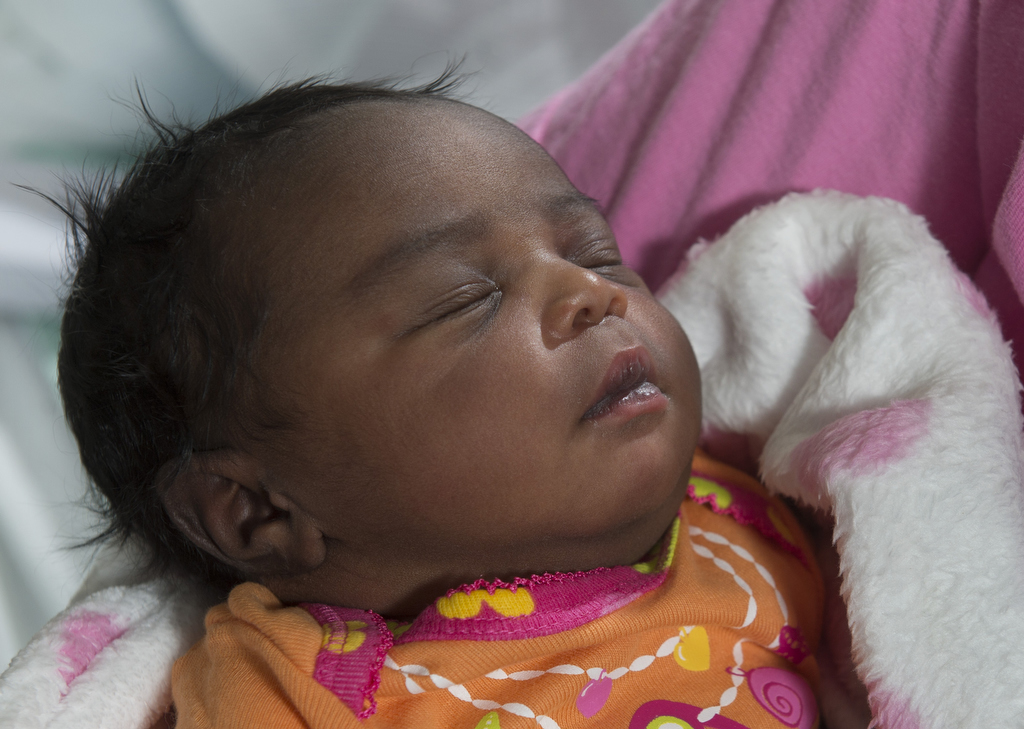
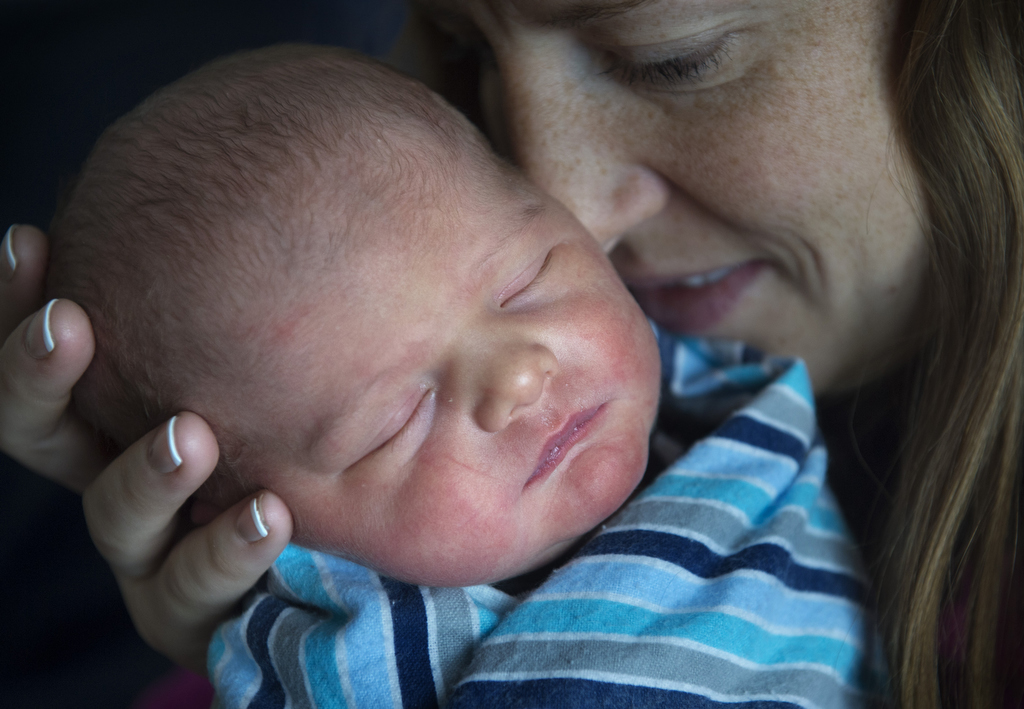

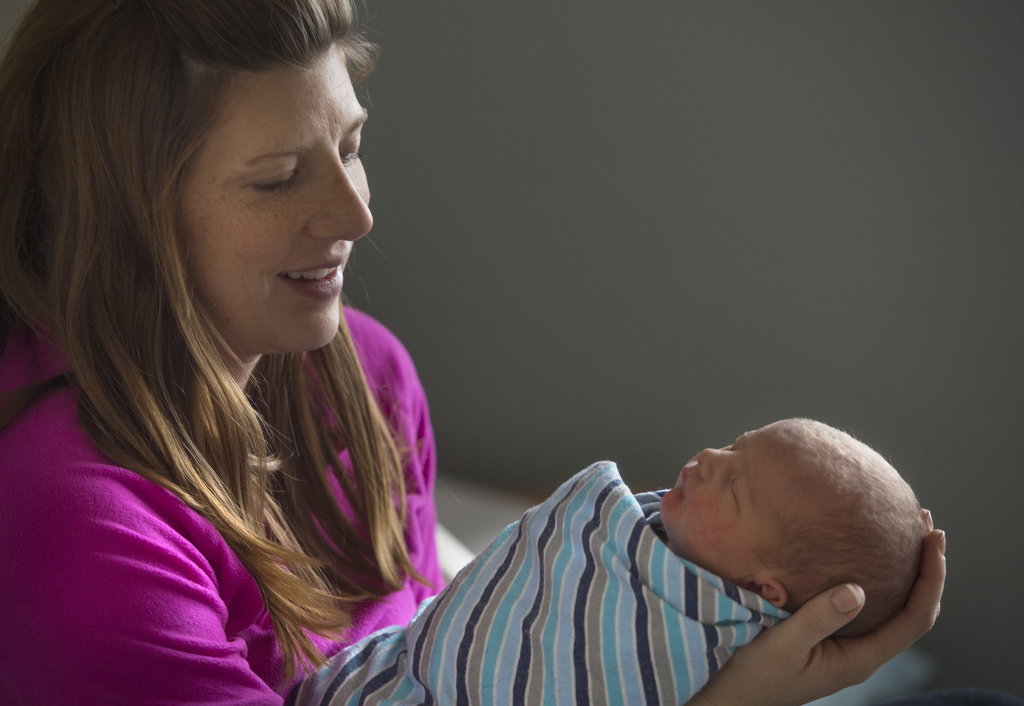
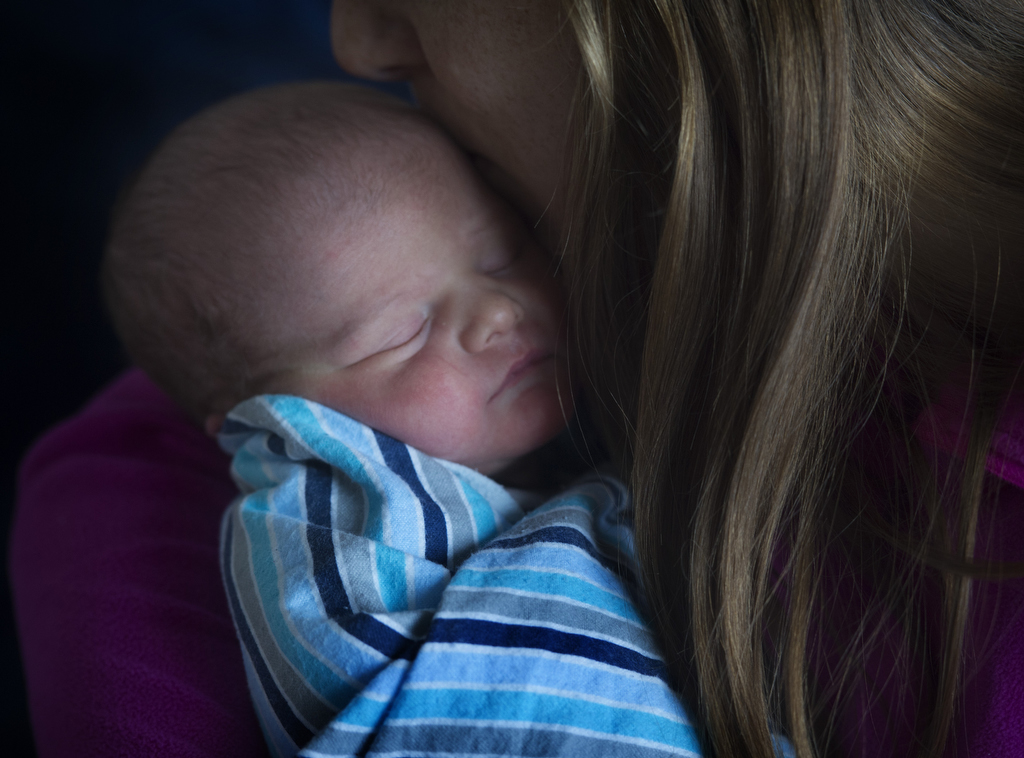


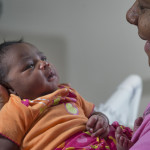
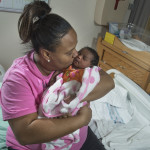
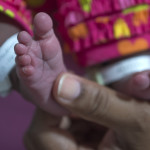

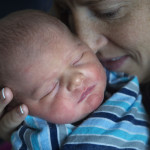



 /a>
/a>
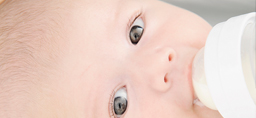 /a>
/a>
 /a>
/a>